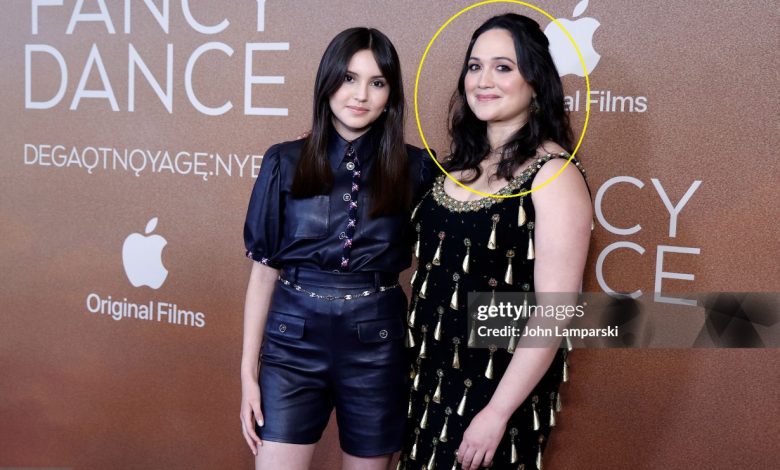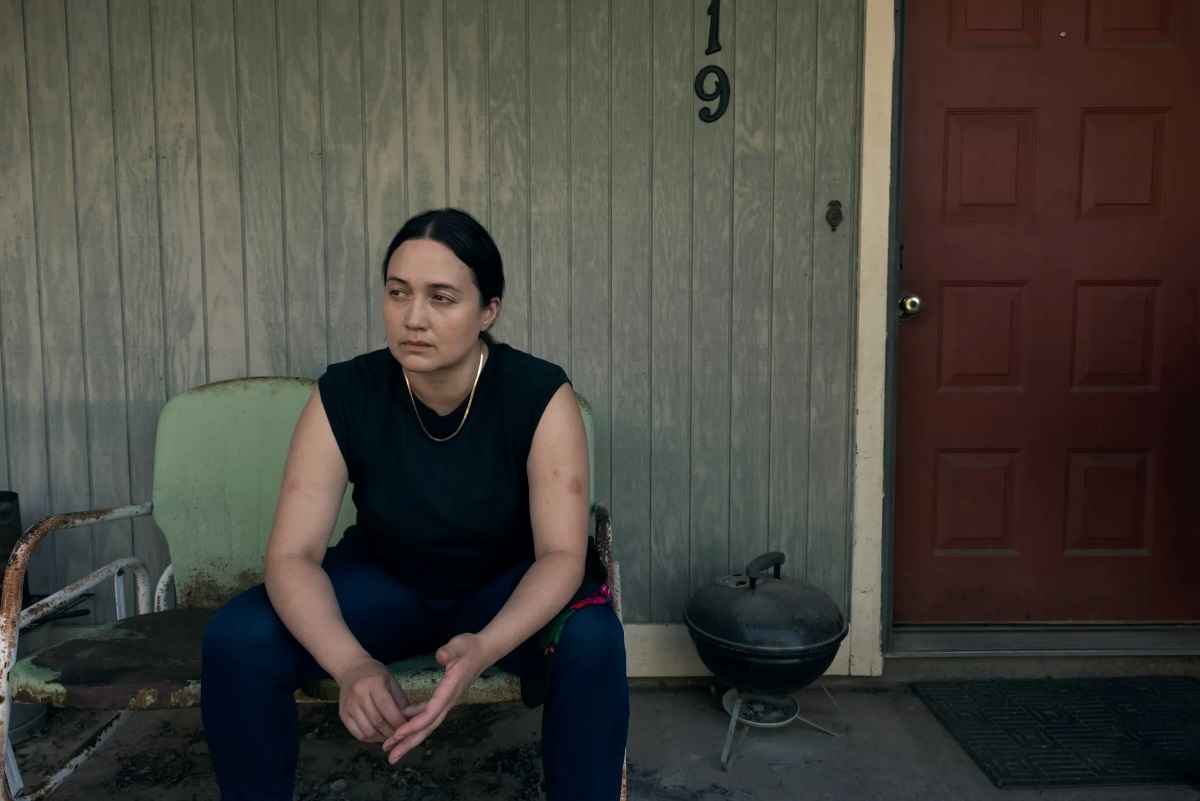Lily Gladstone in Fancy Dance: her figure in sportswear + photos

Lily Gladstone in Fancy Dance: The new film Fancy Dance starring Lily Gladstone is set on a reservation in Oklahoma, not far from where Killers of the Flower Moon — the other movie she stars in — was set. But the ways each film approached telling Indigenous stories are far from similar.
Stay with this part of celebrities from the series of entertainment in Eternal Pen magazine.
Lily Gladstone in Fancy Dance

Lily Gladstone in Fancy Dance: Angela Sterritt is a journalist and author from the Wilp Wiik’aax of the Gitanmaax community within the Gitxsan Nation on her dad’s side and from Bell Island Newfoundland on her maternal side. Marek Tyler is an artist and administrator from Treaty 6 territory and the Onion Lake Cree Nation.
They join host Elamin Abdelmahmoud to talk about how the two films are in conversation with each other, and why it’s Lily Gladstone’s most important role to date.
Elamin: Marek, watching this movie, compared to Killers of the Flower Moon, how can you tell that this one is a film made by an Indigenous filmmaker who grew up on that reservation where it’s set?

Marek: I think there’s a nuance to Indigenous artwork. It’s kind of like if you know, you know. It’s the subtleties and the nuance of maybe the set design — maybe you see people who decorate their places with a blanket on the wall, or you’ll see a lot of pictures of family all over the place. You saw that nuance in this film. The way that people interacted with each other was nonchalant, and I really loved how internally it felt like community.
Lily Gladstone in Fancy Dance: But more importantly, for me, this movie gave a perspective that is not my own, and it’s really challenging to speak on it. So this was a window for me just to watch, to learn, to listen and to see these matriarchs hold a space that is so powerful, and make decisions, and make sure that their heritage, their culture, their dance, their perspectives, their agency is not being lost. When I think about the nuance between these two movies, that’s what I saw: the nuance of how powerful these women are.
Elamin: Angela, this movie deals with issues like missing and murdered Indigenous women and girls, the removal of Indigenous children from their homes to be placed with white families, racism in policing. These themes play out in these characters’ lives in ways that are not particularly soapbox-y; it is sort of just baked into the reality of these fully-realized characters, who have other aspirations and hopes outside of those contexts. How do you think this movie gets at those truths without feeling exploitative?

Angela: One of the things that I felt throughout the whole movie was this baseline of love, which is so real in our communities. Colonization, the impetus of it was to fracture our families, and you see this throughout the movie. I loved the nuance in the characters. Even the white dad, I was like, “I know you from the rez. You’re the one married to the woman, and you sort of get it,” right?
Lily Gladstone in Fancy Dance: I think there was this thing even ten years ago of, “We need to be so real. We need to show the racism. We need to show the toxic masculinity, because that’s the way it is.” But what about our dreams to have ceremony integrated into our lives? What about our dreams of speaking our language fluently, as a 37 year old and a 13 year old? I was like, yes, let’s normalize this stuff through film. So that was one of the reasons why I found it so powerful.
Elamin: You said you felt safe when you were watching this movie. Just to give a quick plot recap, the movie is about Jax trying to find her sister Tawi, while trying to take care of her niece Roki. They get into all kinds of trouble. It’s essentially a road trip movie for much of the film, and Roki is on her way to a powwow where she’s hoping to meet with her mother, who has gone missing. This is not a plot where I would hear that and go, “One would feel safe watching that.” When you say you felt safe, what are you getting at?
Angela: I think if you put it beside Killers of the Flower Moon — that movie, I felt very unsafe. I was like, why are the Indigenous women positioned as weak, and not very intelligent, and just assimilating so quickly? And these really horrific scenes of violence. One of the things that we loved, the Indigenous women that I watched the film with, is that they didn’t show Tawi’s body or talk about her death. It was about who she was in her life, which was a complex character.
Lily Gladstone in Fancy Dance: The ending, I won’t give that away, but we all loved that, too. You don’t get to see the horrors of what transpired after that — and we all know what’s probably going to happen. But the whole way I was like, 1,000 per cent this is an Indigenous woman’s lens, and I’m protected as I’m watching this, and I’m going to get a lot out of this in terms of being able to watch the film and just be like, “This is brilliantly made,” you know?








